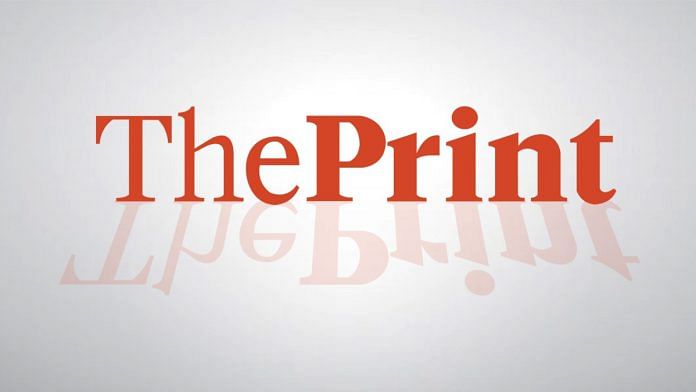New Delhi, Nov 5 (PTI) “The inequality in income and wealth and the growing gap between the rich and the poor is still enormous,” Supreme Court judge Sudhanshu Dhulia said on Tuesday.
Justice Dhulia was part of the nine-judge bench headed by Chief Justice DY Chandrachud which held all private properties cannot form part of ‘material resources of the community’ empowering states to take them over for distribution to serve “common good” under the Constitution.
Justice Dhulia in his dissenting view said, “The inequality in income and wealth and the growing gap between the rich and the poor is still enormous. It will therefore not be prudent to abandon the principles on which Articles 38 and 39 are based and on which stands the three judge opinion in Ranganatha Reddy (1977 verdict) and the unanimous verdict in Sanjeev Coke (1983 verdict).” Disagreeing with the majority verdict of seven judges, Justice Dhulia said, “I am unable to accept the above proposition as this view ultimately holds that not all privately owned resources are ‘material resources of the community’. Not only this it further limits the hands of the legislature to a non-exhaustive list of factors to determine which resources can be considered as ‘material resources’. In my opinion there is no need for this preemptive determination.” He endorsed the view taken in the 2001 and 1983 verdicts on the scope and ambit of “material resources of the community” and said privately owned resources are a part of the material resources of the community.
Justice Dhulia also expressed his strong disapproval of the remarks made on the Justice Krishna Iyer doctrine in the majority verdict penned by the CJI.
“Before I conclude, I must also record here my strong disapproval of the remarks made on the Krishna Iyer doctrine as it is called. This criticism is harsh, and could have been avoided,” he said.
Justice Krishna Iyer doctrine focussed on the principle of socialism.
Justice Dhulia said, “The Krishna Iyer doctrine, or for that matter the Justice O Chinnappa Reddy doctrine, is familiar to all who have anything to do with law or life. It is based on strong humanist principles of fairness and equity. It is a doctrine which has illuminated our path in dark times.” He said, “the long body of their judgement is not just a reflection of their perspicacious intellect but more importantly of their empathy for the people, as human beings were at the centre of their judicial philosophy.” Justice B V Nagarathna also partially agreed with the majority verdict but criticised the CJI’s views on Justice Iyer’s judicial approach in dealing with “material resources” and state’s power over them.
In his 97-page judgement, Justice Dhulia said a Constitution is also designed by one generation with an eye towards many future generations to come, so that it is able to withstand the vagaries of times and it is a law having special character.
Pointing out that the word ‘socialism’ has a direct impact on Article 38 and 39, Justice Dhulia said, “Socialism, thankfully, is not a rigid concept and over the years has been adopted and adjusted according to the needs of society. ‘Socialism’ in the context of the Indian Constitution is just another name for the welfare economy.” He said framers of the Constitution believed that socialist principles were necessary in making economic policies of the State and for a fair distribution of wealth and resources, and for removal of inequality Articles 38 and 39 of the Constitution were incorporated.
Justice Dhulia said in his view it is for the legislature to decide how the ownership and control of material resources is to be distributed in order to subserve common good.
“Once the expansive meaning of ‘material resources of the community’ is determined, there is no necessity of drawing further guidelines for the legislatures to determine as to what will constitute material resources. How to control and distribute a material resource is also the task of the legislature, but while doing so what has to be seen is that the control and ownership of the material resource be so distributed that it subserves the common good of the community,” he said.
He said that the incorporation of Article 38 as well as Article 39(b) and (c) in Part IV of the Constitution was based on the prevalent philosophy of the time and the path of development India chose to follow.
“The interpretation given to the above provisions by this Court, particularly in Ranganatha Reddy and Sanjeev Coke also has its contextual relevance. Perhaps in some ways situations have changed. What has not changed, however, is the inequality. There is today a political equality and there is also an equality in law, yet the social and economic inequalities continue as cautioned by Dr. Ambedkar in his speech in the constituent Assembly on November 25, 1949,” he said. PTI MNL ZMN
This report is auto-generated from PTI news service. ThePrint holds no responsibility for its content.




